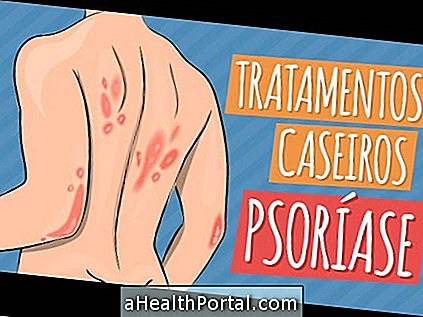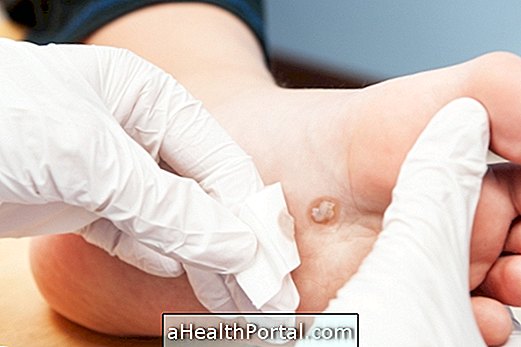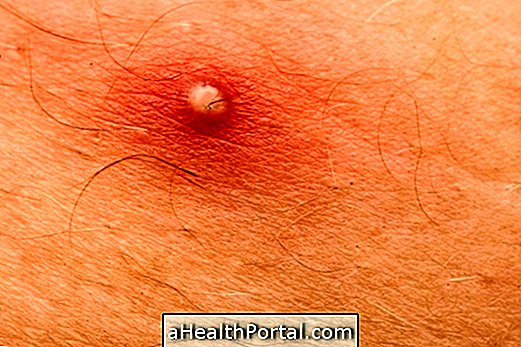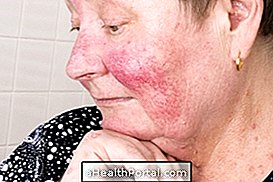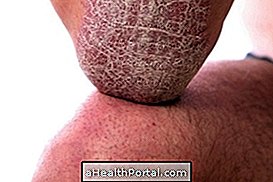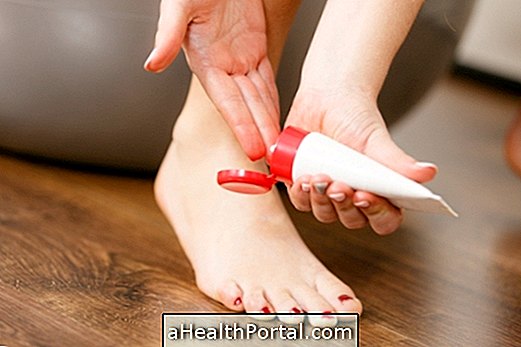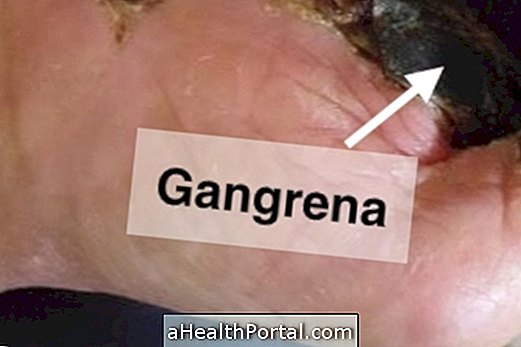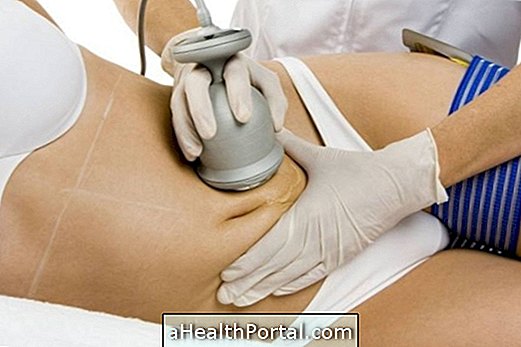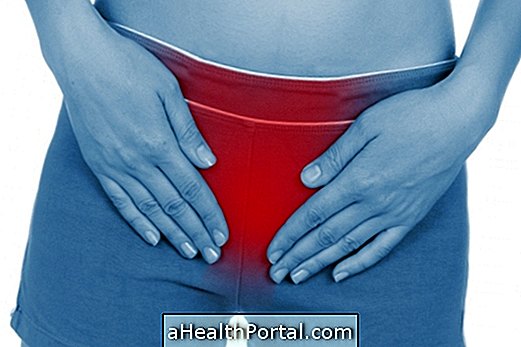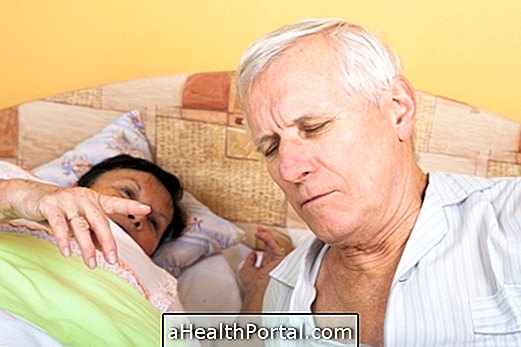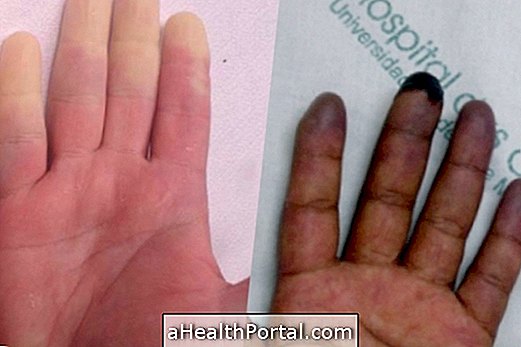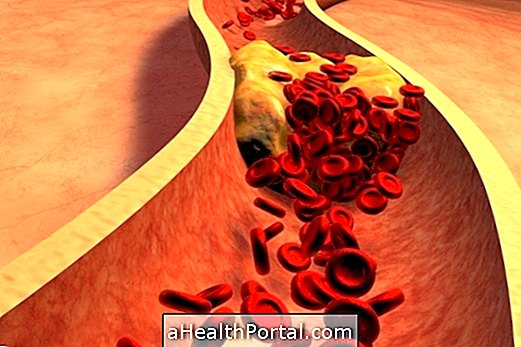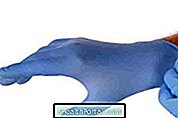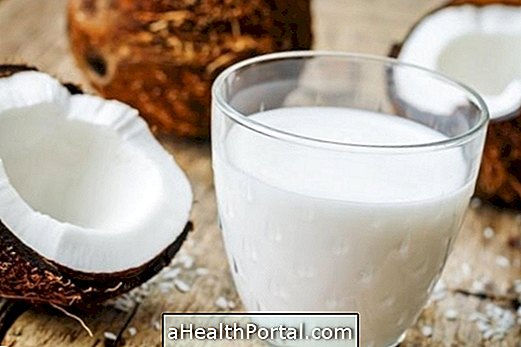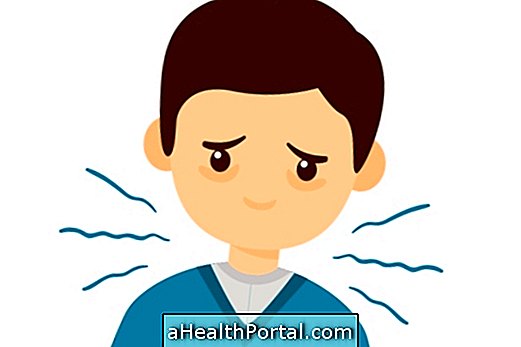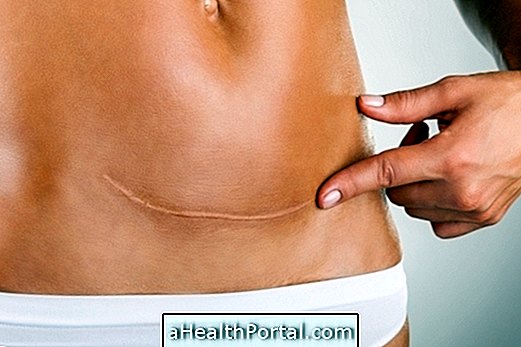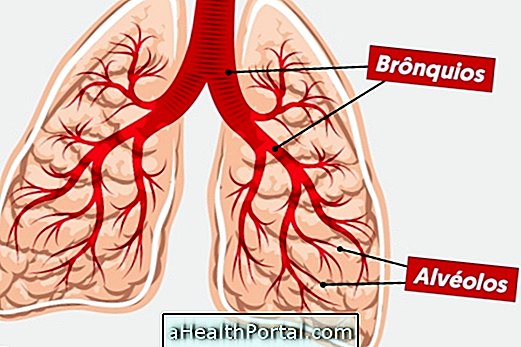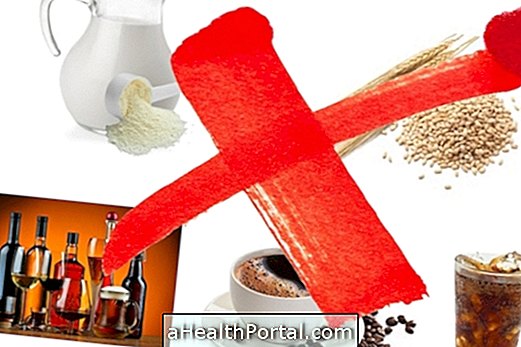Inverted psoriasis, also known as inverse psoriasis, is a type of psoriasis that causes red spots, especially on skin folds, which do not peel and may become more irritated by perspiration or scrubbing.
Like plaque psoriasis, the treatment does not cure the disease but it helps relieve the symptoms, the dermatologist can try various types of treatment such as:
- Creams with corticosteroids with Hydrocortisone or Betamethasone: Rapidly alleviate inflammation of the skin, reducing redness and pain on the spot. These creams should not be used more than indicated because they are easily absorbed and can cause several side effects;
- Antifungal creams with Clotrimazole or Fluconazole: are used to eliminate fungal infections that are very common in affected areas;
- Calcipotriol : is a specific cream for psoriasis that contains a form of vitamin D that decreases the growth of skin cells, avoiding the irritation of the place;
- Phototherapy sessions : involves the application of ultraviolet radiation to the skin between 2 to 3 times a week to reduce irritation and relieve symptoms.
These treatments can be used separately or combined, depending on how the skin reacts to each treatment. In this way, the dermatologist can test each treatment over time and adapted according to the intensity of the symptoms.
Here are some home remedies that can complete medical treatment and help relieve the symptoms.
Main symptoms
The main symptom of inverted psoriasis is the appearance of red and red spots on skin folds, such as the groin, armpits or under the breasts, for example.
Unlike normal psoriasis, these spots do not show scaling, but may develop bleeding and painful fissures, especially after a lot of perspiration or scrubbing.
How to control
Check out great tips that help treat psoriasis in the video:
